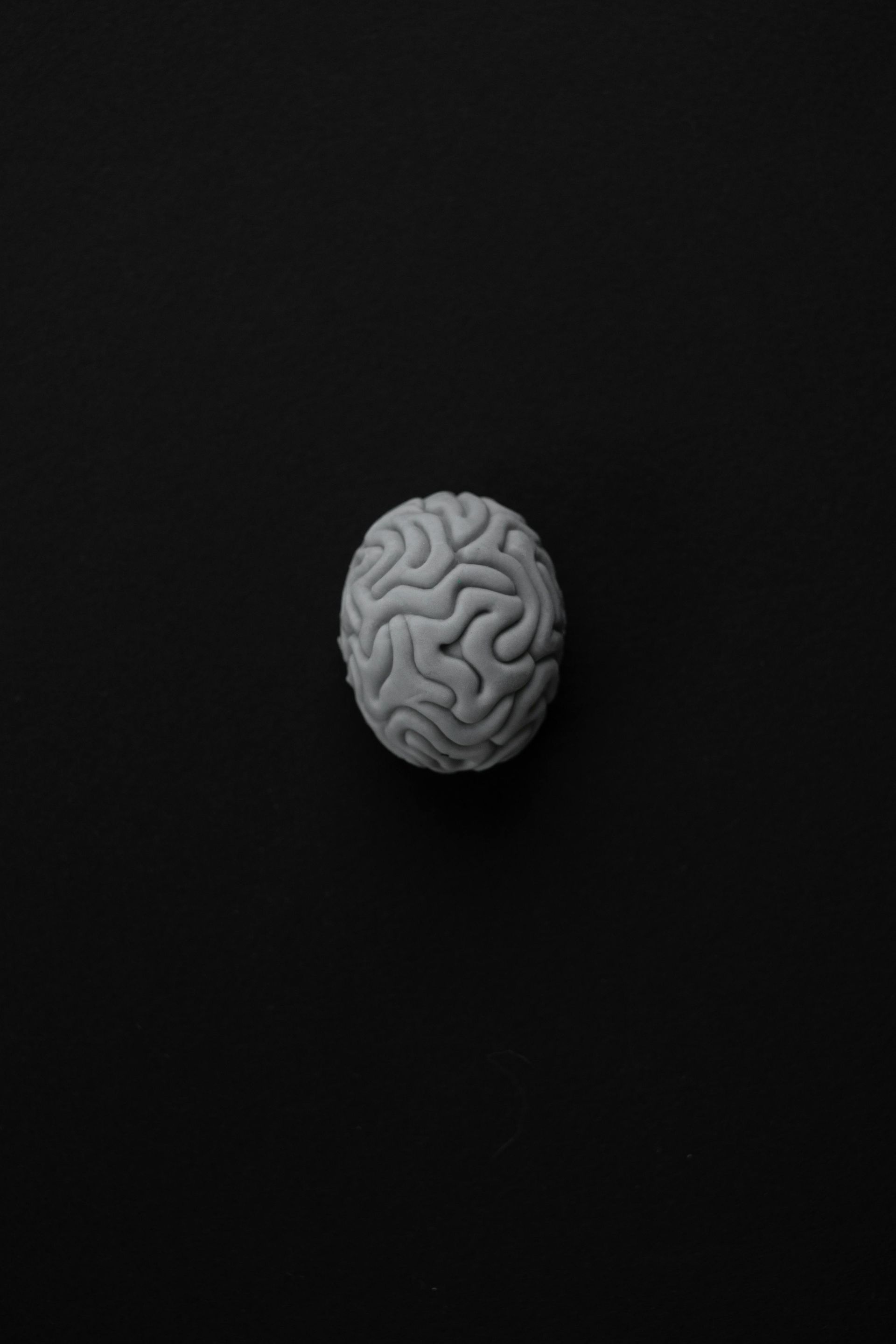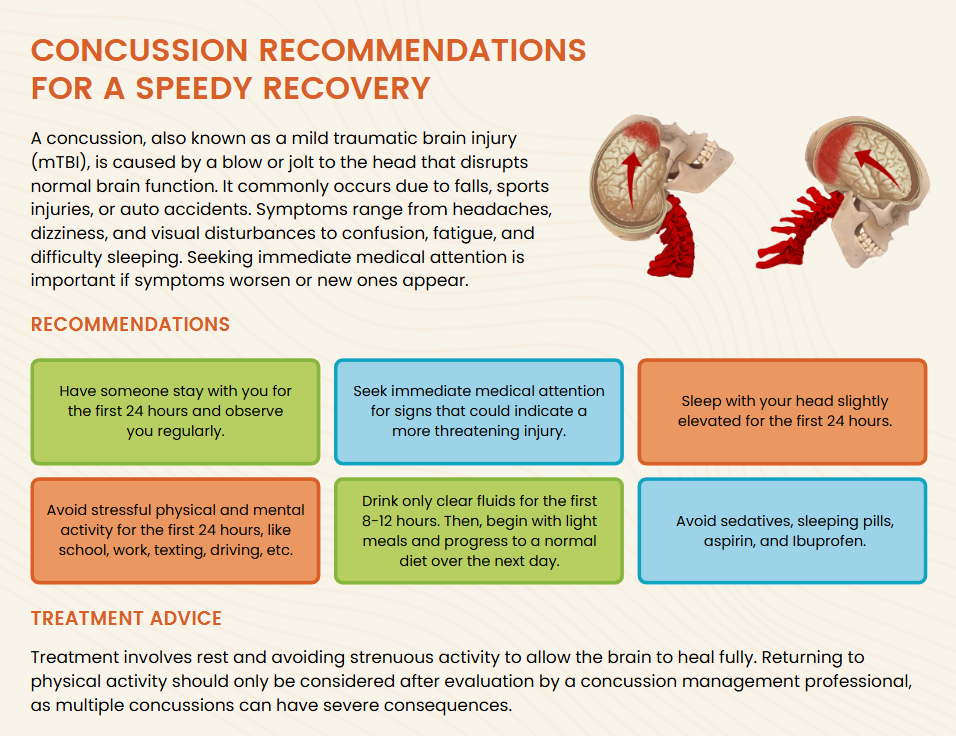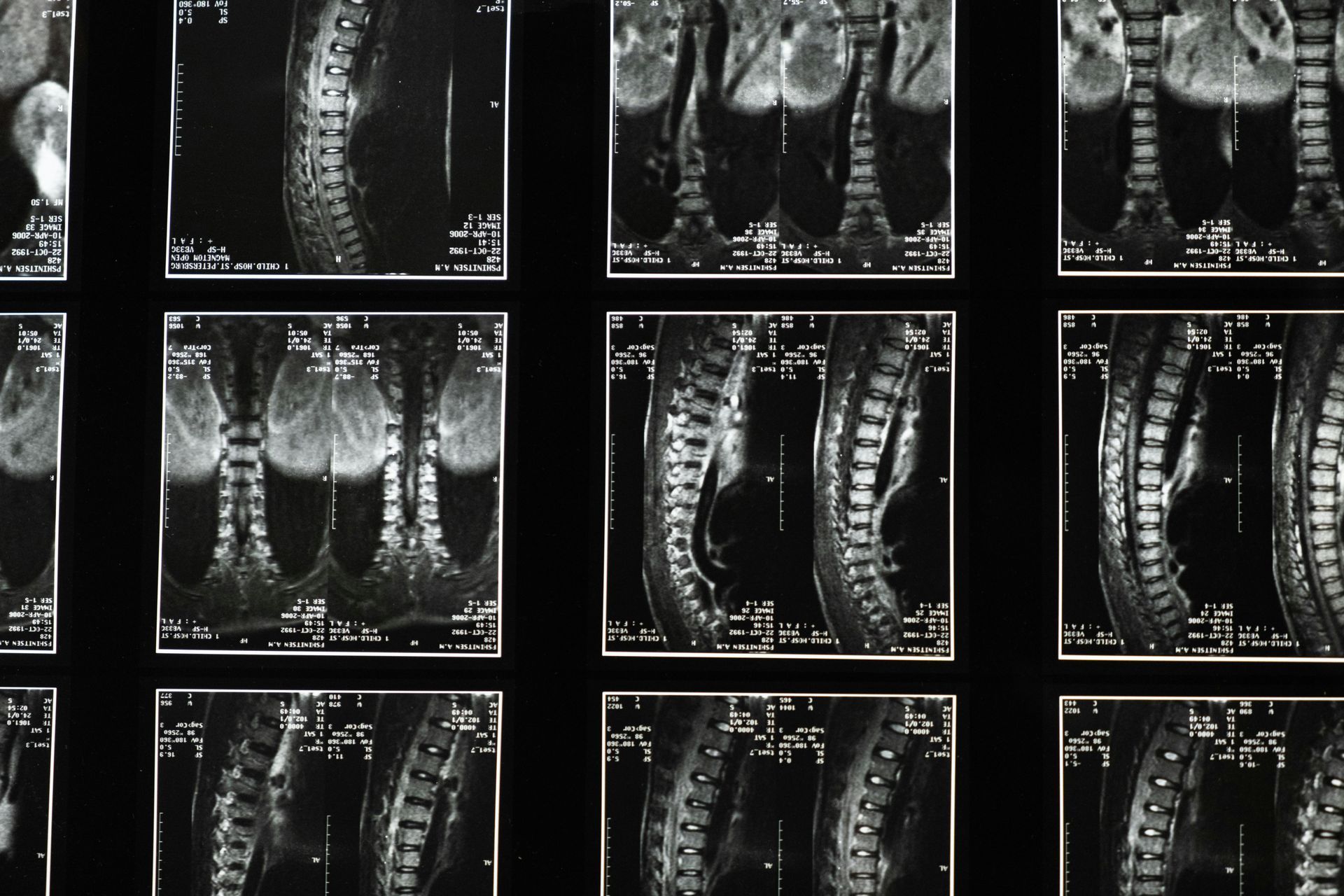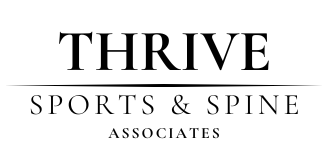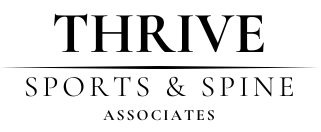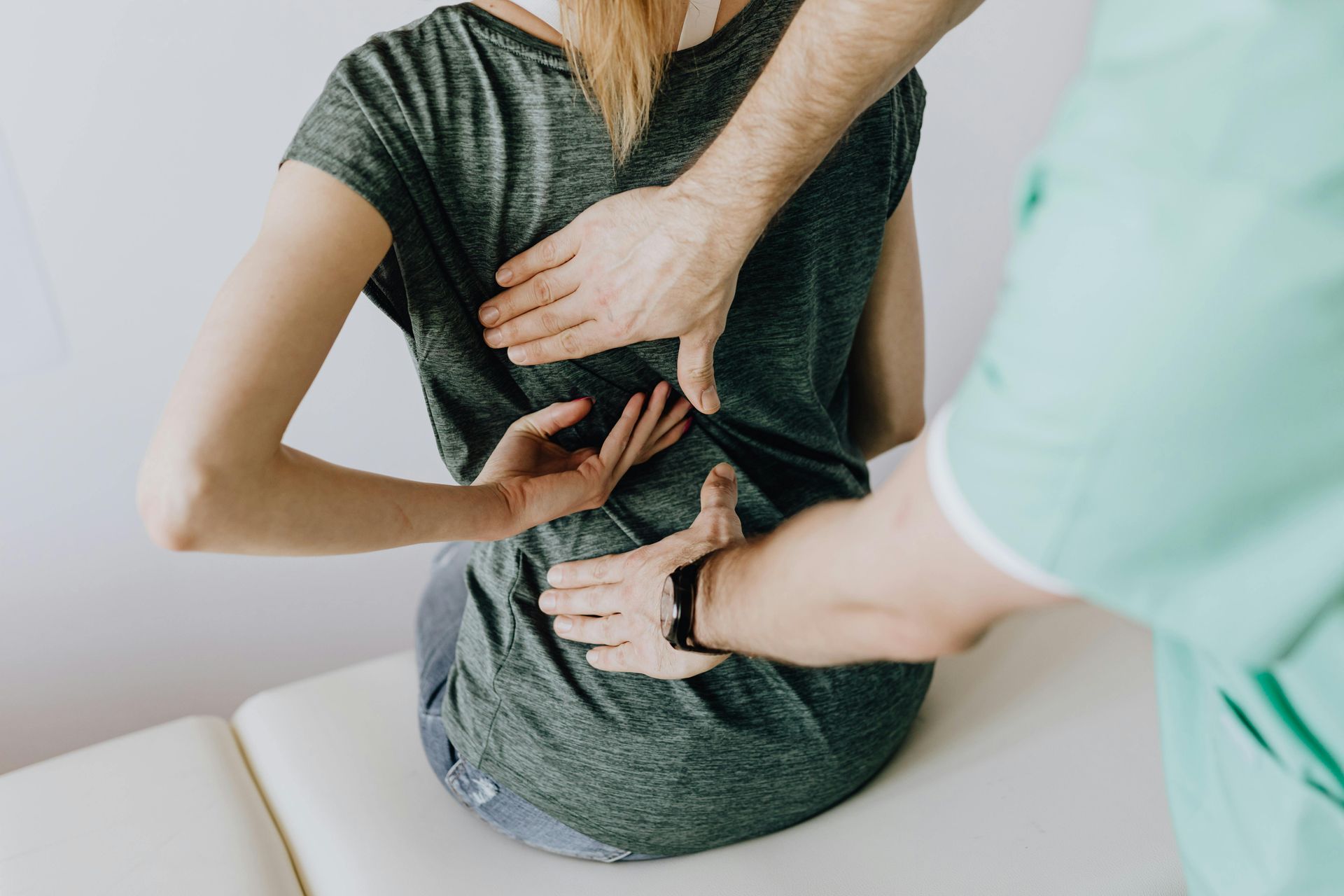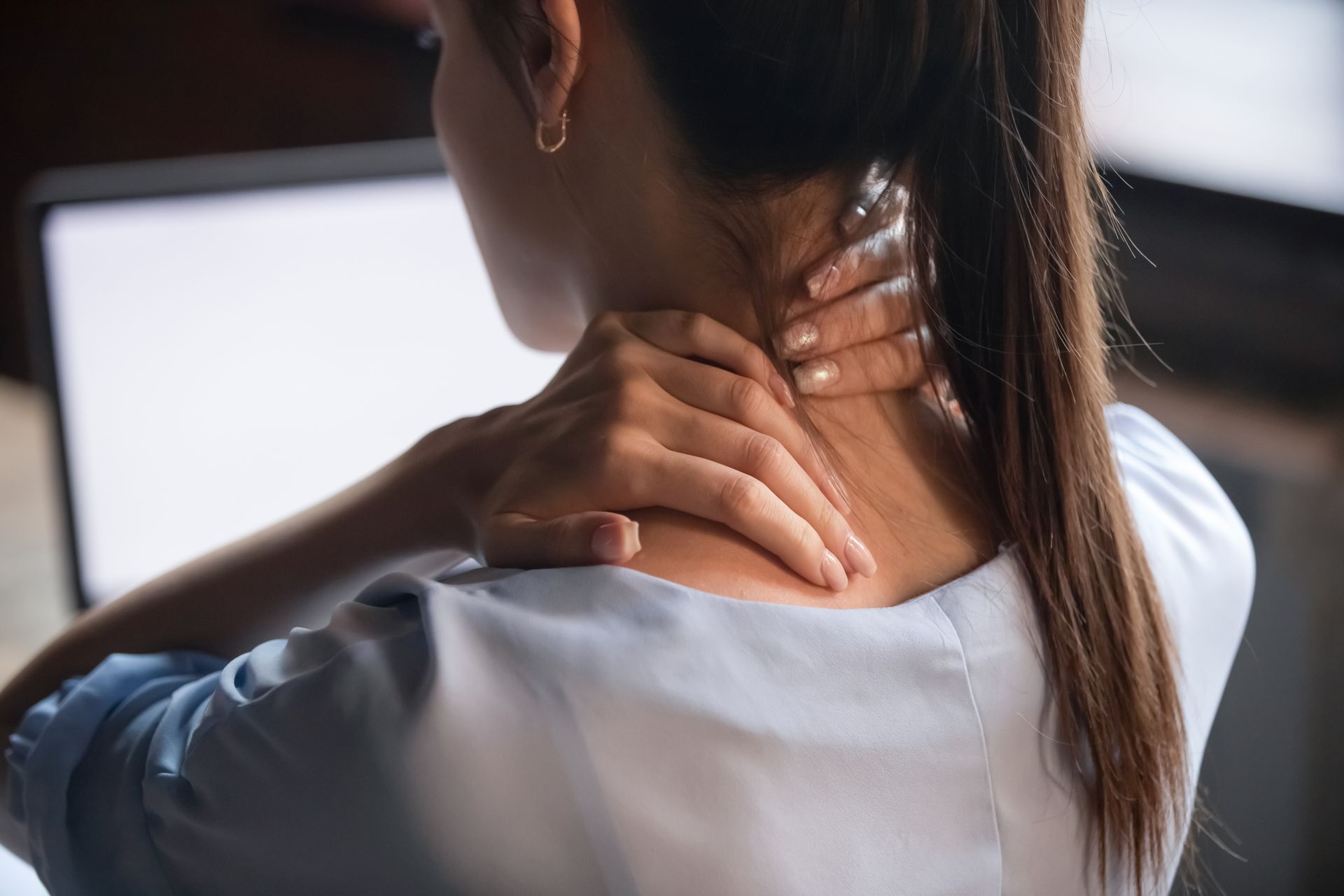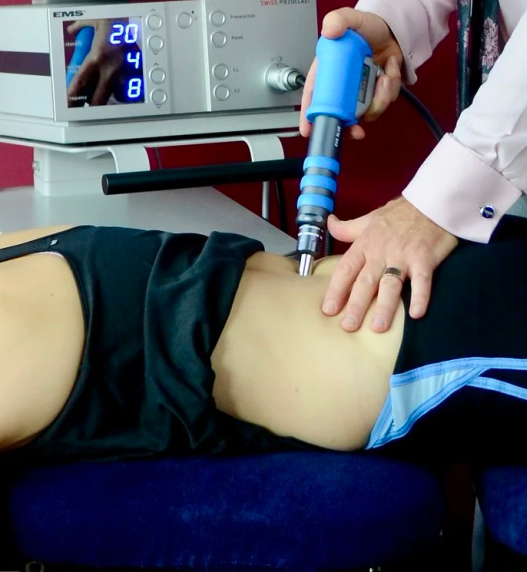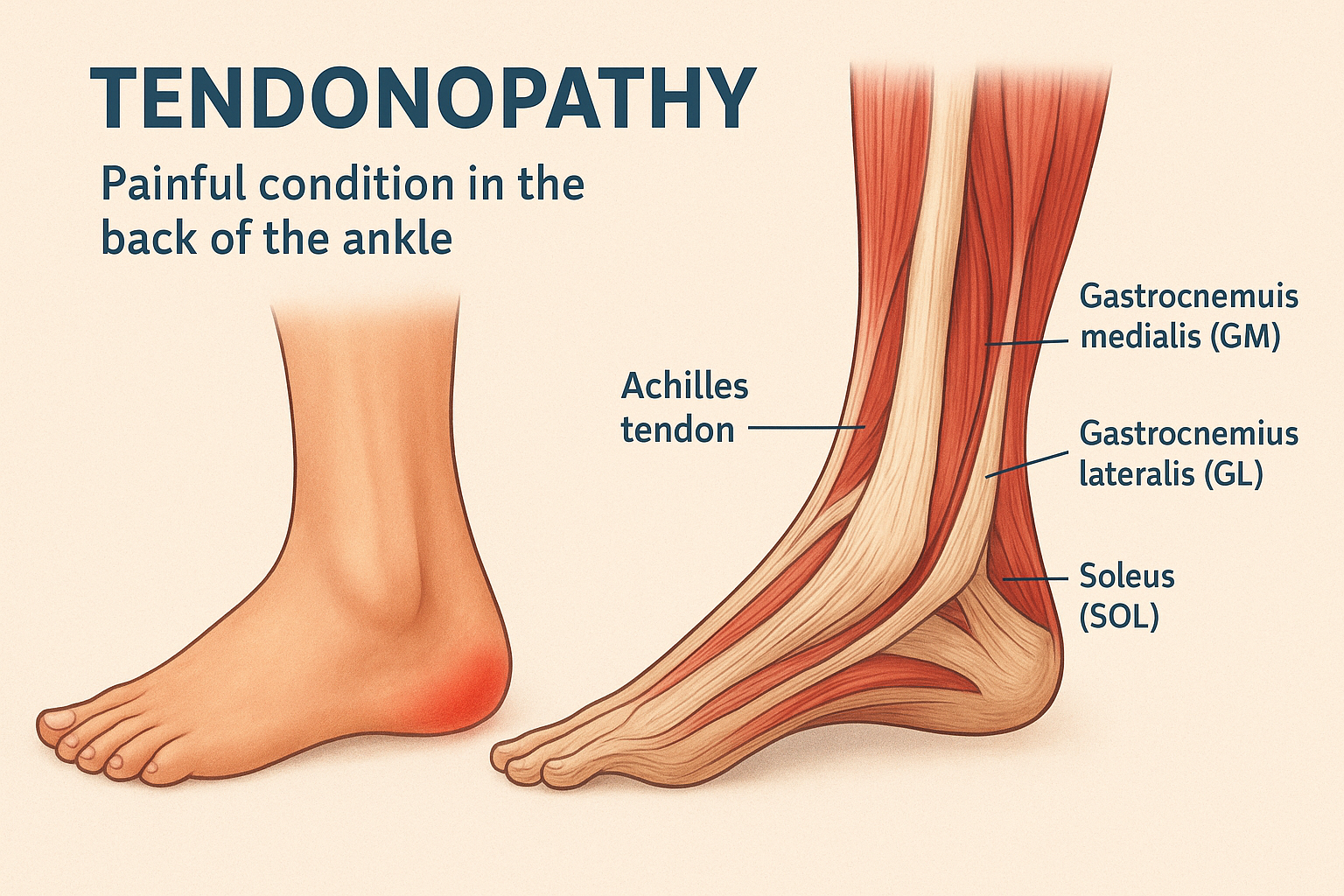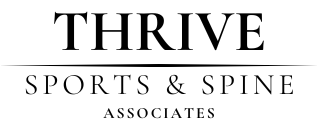Review of: Effects of integrating Feldenkrais method with dynamic neuromuscular stabilization exercises on clinical outcomes
This article studied two types of exercise programs to help older women with chronic low back pain: the Feldenkrais Method and Dynamic Neuromuscular Stabilization (DNS). The researchers wanted to see if combining these two types of exercises would help even more than doing DNS alone.
They took 30 women ages 60–80 who had ongoing low back pain. Half did the regular DNS exercises (core and back stability movements), and the other half did both DNS and Feldenkrais Method (gentle, mindful movement patterns for more body awareness). Over eight weeks, all participants exercised three times a week.
Scientists checked four things before and after the program:
• Pain level (using a pain scale called VAS)
• Fear of movement (called kinesiophobia, measured by the Tampa Scale)
• How far participants could bend forward (lumbar flexion)
• How far participants could bend backward (lumbar extension)
Both groups felt less pain and were less afraid to move after the program. They also could move their backs more easily. However, the group with the combined Feldenkrais and DNS exercises improved even more than the DNS-only group. That means they had less pain, were less afraid of movement, and had better flexibility and motion in their lower back.
In simple terms: For older women with chronic back pain, doing both DNS and Feldenkrais exercises together is better than DNS alone. This combined approach helps reduce pain, build confidence, and improve back movement, leading to a better quality of life and more independence.
If you want effective, safe, and natural solutions for chronic low back pain, combining Feldenkrais Method and DNS can boost your results. www.thrivesportsandspine.info specializes in therapies designed to improve function, flexibility, and well-being for older adults with back pain. Learn how movement-focused methods can help you move with confidence and less pain.
Let us HELP you! Call or schedule online.
